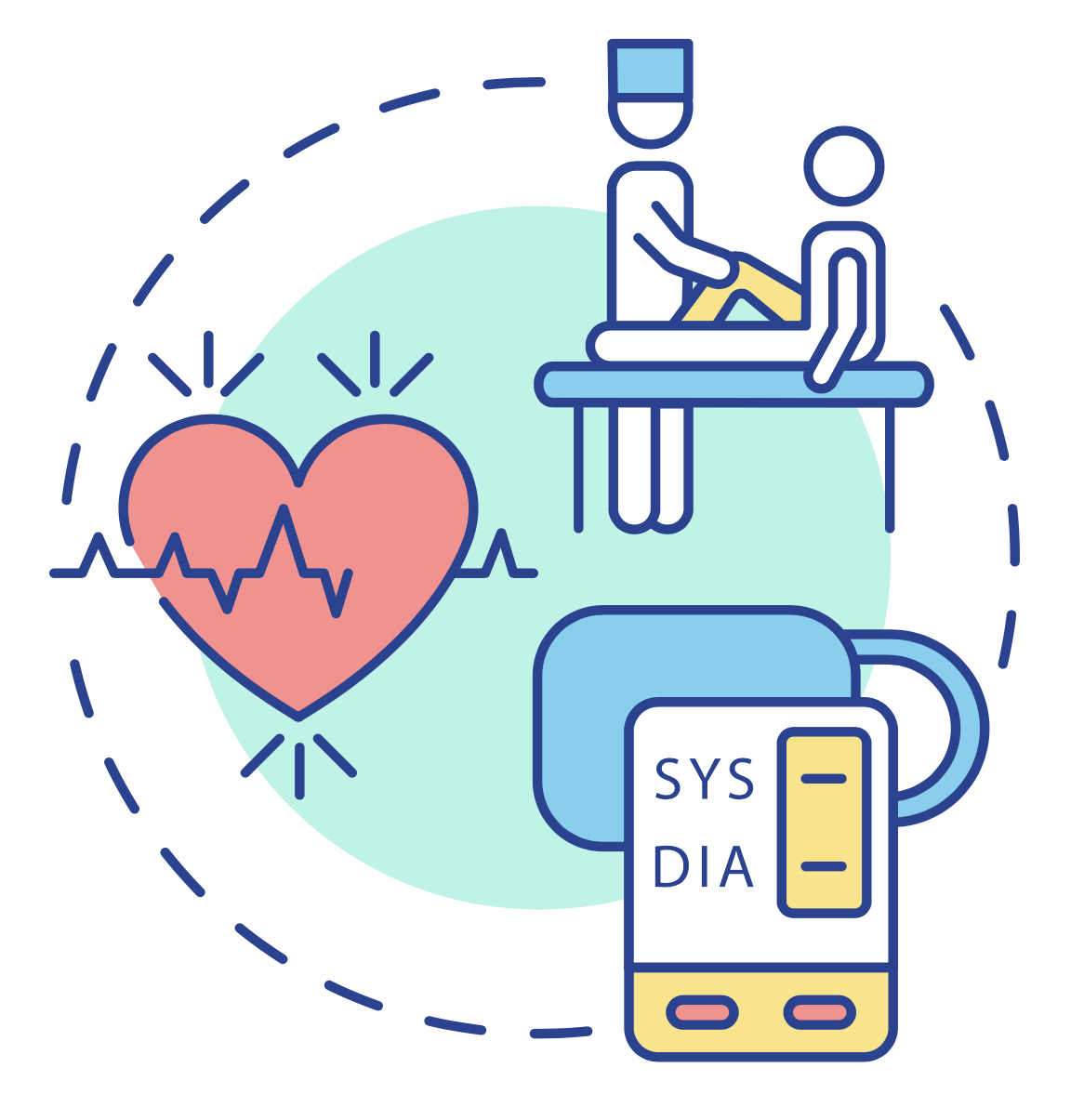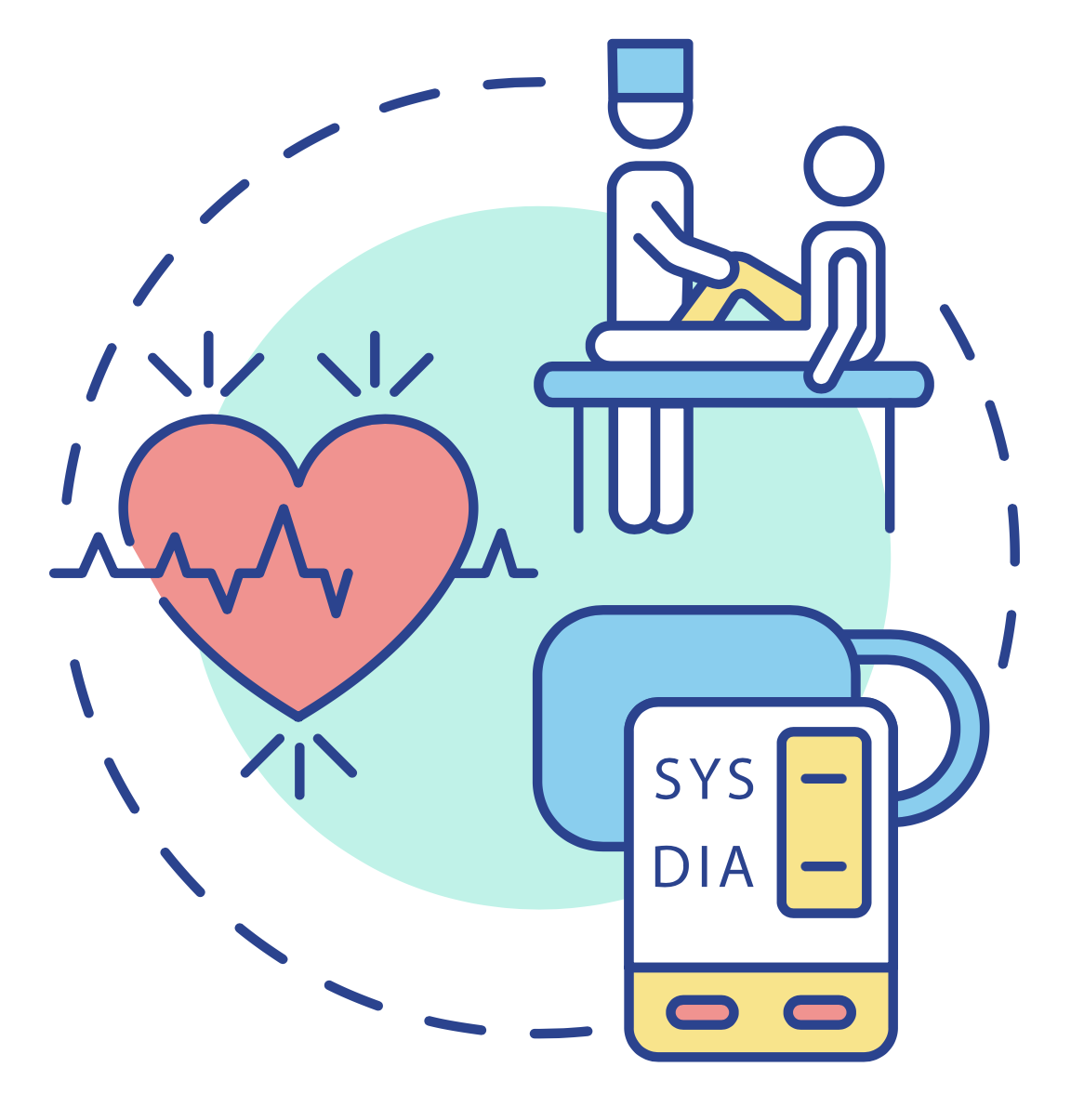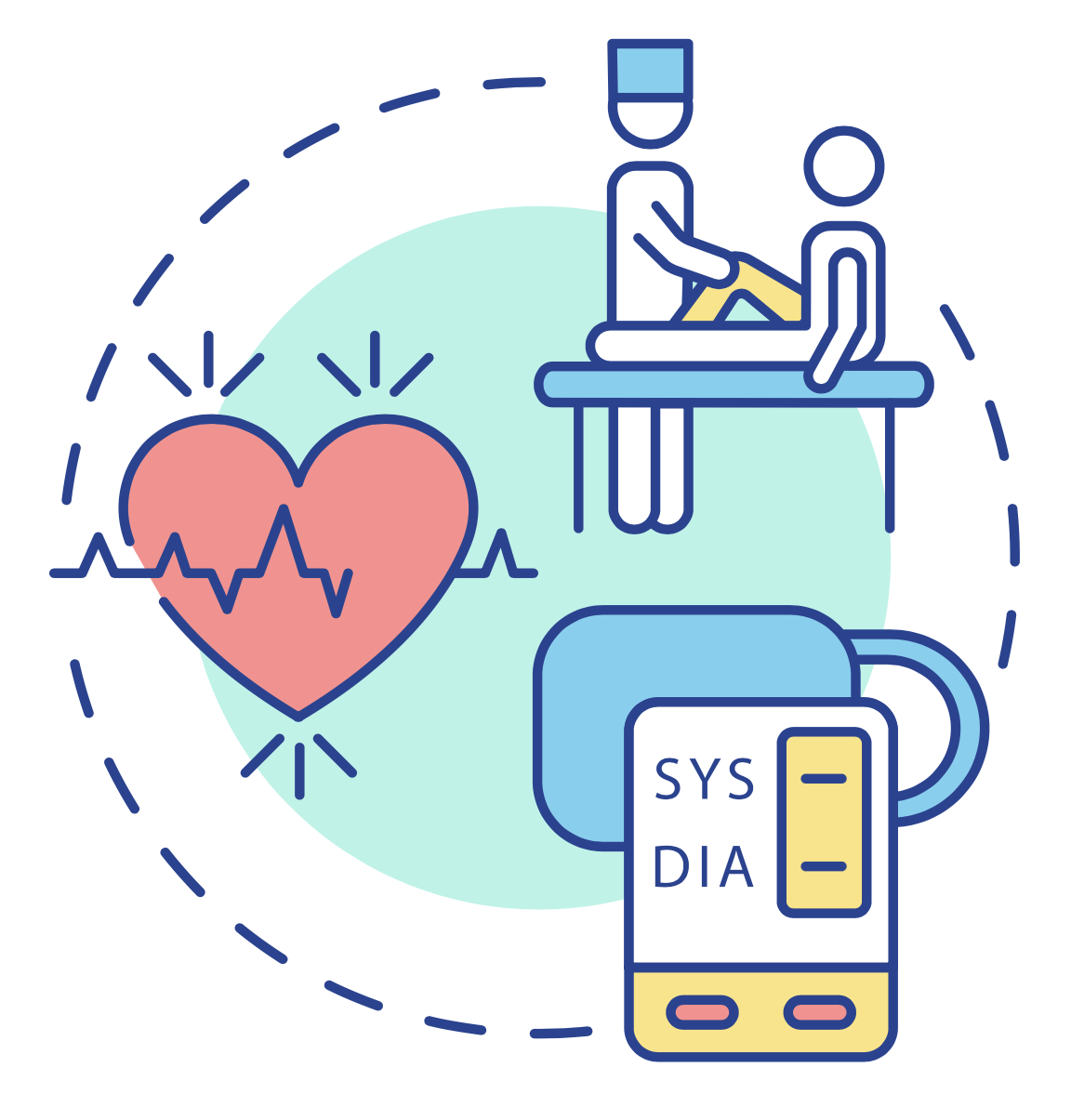Information
-
Document No.
-
Audit Title
-
Client / Site
-
Conducted on
-
Prepared by
-
Location
-
Personnel
General Information
-
Number of patient encounters
-
ED physicians staff the ED
-
Physician in-house 24 hours a day
-
Number of hours on duty
-
ED physicians have in-house responsibility
-
ED physicians have admitting privileges
-
On-call list available for all specialties
-
Response time for on-call specialist
-
Allied Health Professionals used in ED (NP, PA, etc.)
-
Do you utilize EMT's?
The hospital security guidelines in place support an initiative of safety in the Emergency Department. (Obtain copies of all policies and procedures related to interface of hospital security with the Emergency Department)
-
Is there 24/7 presence of hospital security in the Emergency Department?
-
Are there policies and procedures in place for hospital security response in common area (waiting room)?
-
Are there policies and procedures in place for hospital security response in secured area (Emergency Department treatment rooms)?
-
Are there policies and procedures in place to outline hospital security interventions during escalating situations?
-
Is there a standard policy for staff safety escorts?
-
Is there a hospital-wide response to an incident of workplace violence in the Emergency Department?
-
Is there a training program in place for hospital security officers relevant to potentially violent situations specific to the Emergency Department?
-
Is there a policy in place for initiation of standby for patients at high risk for violent behavior?
-
Does the hospital have a violence rapid response team?
The physical design of the Emergency Department offers protection from occurrences of violence
-
Is public (visitor) access to treatment areas restricted?
-
Is there a protective barrier between the check in area and the staff?
-
Is there an alarm system in place for staff to use to alert others of an escalating or violent situation?
-
Can nurse/patient interaction be viewed or heard from common nursing areas?
-
Does a hospital security officer monitor the flow of traffic into the Emergency Department from outside?
-
Do treatment rooms have doors that can be closed?
-
Do patient rooms have any objects readily available that have a high potential for being used as weapons? (e.g, catheters, injection syringes, glass blood tubes, etc.)
-
Is there a protective barrier between the nurses’ station and the public/visitor area or throughway?
-
Are there rooms that are secluded from regular foot traffic, out of view, or out of range of hearing from the centrally-staffed and populated areas (nurses’ station, triage, waiting room, etc.)?
-
Where are nurses’ stations located?
-
Are staff members typically present at the nurses’ station?
-
Where are the medication access points located?
-
Are there locked medication rooms with limited access?
-
Is there a medication area located within the nurses’ station and is it identifiable to patients/visitors?
-
Are the parking lot and ambulance area monitored for safety? How?
-
Is the ambulance entrance a restricted access point of entry?
-
Is the ambulance entrance located near treatment areas?
-
Are transport teams and other staff able to readily communicate with the emergency department staff from the ambulance entry?
-
Are the parking lot and ambulance entrance well-lit?
-
Does hospital security patrol the surrounding exterior of the Emergency Department?
There is administrative support for reporting violence in the Emergency Department
-
Is there surveillance equipment being used inside the Emergency Department and/or on the grounds surrounding the Emergency Department?
-
If there is surveillance equipment being used, note where the cameras are located, who monitors the surveillance video and how frequently this occurs.
-
Is there a system or program in place for employee support?
-
Is management aware of how to access?
There is a reporting mechanism in place that follows the chain of command and includes proper follow-up.
-
Is there a visible, hospital-wide initiative to prevent violence in the workplace?
-
Are there institutional policies and procedures in place for prevention, responding and reporting violent occurrences?
-
Is there an occurrence report specific to reporting workplace violence?
-
Is there a policy that describes the process for responding and reporting after an incident has occurred? Is reporting an incident mandatory?
-
Can Emergency Department leaders/supervisors tell you what their responsibilities are following a report of a violent incident?
-
Is data compiled and summarized from accumulated reports of violent occurrences?
-
Can Emergency Department staff describe the process of review and disposition of an occurrence report that they complete?
-
Does the staff member receive verbal and/or written feedback on the disposition of an occurrence report they have completed?
-
Is violence prevention, response and reporting training included in Emergency Department staff orientation?
-
If violence prevention training is provided, is the training mandatory? If so, how frequently must the employee participate in this training?
-
If violence prevention training is provided, does the training include instruction on de-escalation techniques?
-
If violence prevention training is provided, does the training include physical prevention and response measures?
-
If violence prevention training is provided, does the training include reporting procedures?
The local law enforcement have a role in Emergency Department safety
-
Is there a comprehensive program in place that includes prevention, responding and reporting?
-
Is there a lock down policy in place? If yes, is local law enforcement aware of/included in lock-down policies and procedures?
-
If there is a lock down policy in place, is there periodic safety lock down drills?
-
Is the hospital located in a high crime area?
The hospital security guidelines in place support an initiative of safety in the Emergency Department. (Obtain copies of all policies and procedures related to interface of hospital security with the Emergency Department)
-
Is there 24/7 presence of hospital security in the Emergency Department?
-
Are there policies and procedures in place for hospital security response in common area (waiting room)?
-
Are there policies and procedures in place for hospital security response in secured area (Emergency Department treatment rooms)?
-
Are there policies and procedures in place to outline hospital security interventions during escalating situations?
-
Is there a standard policy for staff safety escorts?
-
Is there a hospital-wide response to an incident of workplace violence in the Emergency Department?
-
Is there a training program in place for hospital security officers relevant to potentially violent situations specific to the Emergency Department?
-
Is there a policy in place for initiation of standby for patients at high risk for violent behavior?
-
Does the hospital have a violence rapid response team?
The physical design of the Emergency Department offers protection from occurrences of violence
-
Is public (visitor) access to treatment areas restricted?
-
Is there a protective barrier between the check in area and the staff?
-
Is there an alarm system in place for staff to use to alert others of an escalating or violent situation?
-
Does a hospital security officer monitor the flow of traffic into the Emergency Department from outside?
-
Do treatment rooms have doors that can be closed?
-
Do patient rooms have any objects readily available that have a high potential for being used as weapons? (e.g, catheters, injection syringes, glass blood tubes, etc.)
-
Is there a protective barrier between the nurses’ station and the public/visitor area or throughway?
-
Can nurse/patient interaction be viewed or heard from common nursing areas?
-
Are there rooms that are secluded from regular foot traffic, out of view, or out of range of hearing from the centrally-staffed and populated areas (nurses’ station, triage, waiting room, etc.)?
-
Where are nurses’ stations located?
-
Are staff members typically present at the nurses’ station?
-
Where are the medication access points located?
-
Are there locked medication rooms with limited access?
-
Is there a medication area located within the nurses’ station and is it identifiable to patients/visitors?
-
Are the parking lot and ambulance area monitored for safety? How?
-
Is the ambulance entrance a restricted access point of entry?
-
Is the ambulance entrance located near treatment areas?
-
Are transport teams and other staff able to readily communicate with the emergency department staff from the ambulance entry?
-
Are the parking lot and ambulance entrance well-lit?
-
Does hospital security patrol the surrounding exterior of the Emergency Department?
There is administrative support for reporting violence in the Emergency Department
-
Is there surveillance equipment being used inside the Emergency Department and/or on the grounds surrounding the Emergency Department?
-
If there is surveillance equipment being used, note where the cameras are located, who monitors the surveillance video and how frequently this occurs.
-
Is there a system or program in place for employee support?
-
Is management aware of how to access?
There is a reporting mechanism in place that follows the chain of command and includes proper follow-up.
-
Is there a visible, hospital-wide initiative to prevent violence in the workplace?
-
Are there institutional policies and procedures in place for prevention, responding and reporting violent occurrences?
-
Is there an occurrence report specific to reporting workplace violence?
-
Is there a policy that describes the process for responding and reporting after an incident has occurred? Is reporting an incident mandatory?
-
Can Emergency Department leaders/supervisors tell you what their responsibilities are following a report of a violent incident?
-
Is data compiled and summarized from accumulated reports of violent occurrences?
-
Can Emergency Department staff describe the process of review and disposition of an occurrence report that they complete?
-
Does the staff member receive verbal and/or written feedback on the disposition of an occurrence report they have completed?
-
Is violence prevention, response and reporting training included in Emergency Department staff orientation?
-
If violence prevention training is provided, is the training mandatory? If so, how frequently must the employee participate in this training?
-
If violence prevention training is provided, does the training include instruction on de-escalation techniques?
-
If violence prevention training is provided, does the training include physical prevention and response measures?
-
If violence prevention training is provided, does the training include reporting procedures?
The local law enforcement have a role in Emergency Department safety
-
Is there a comprehensive program in place that includes prevention, responding and reporting?
-
Is there a lock down policy in place? If yes, is local law enforcement aware of/included in lock-down policies and procedures?
-
If there is a lock down policy in place, is there periodic safety lock down drills?
-
Is the hospital located in a high crime area?
Additional findings or comments
-
Are there additional findings or comments to add?
-
Surveyor Signature
-
Select date













